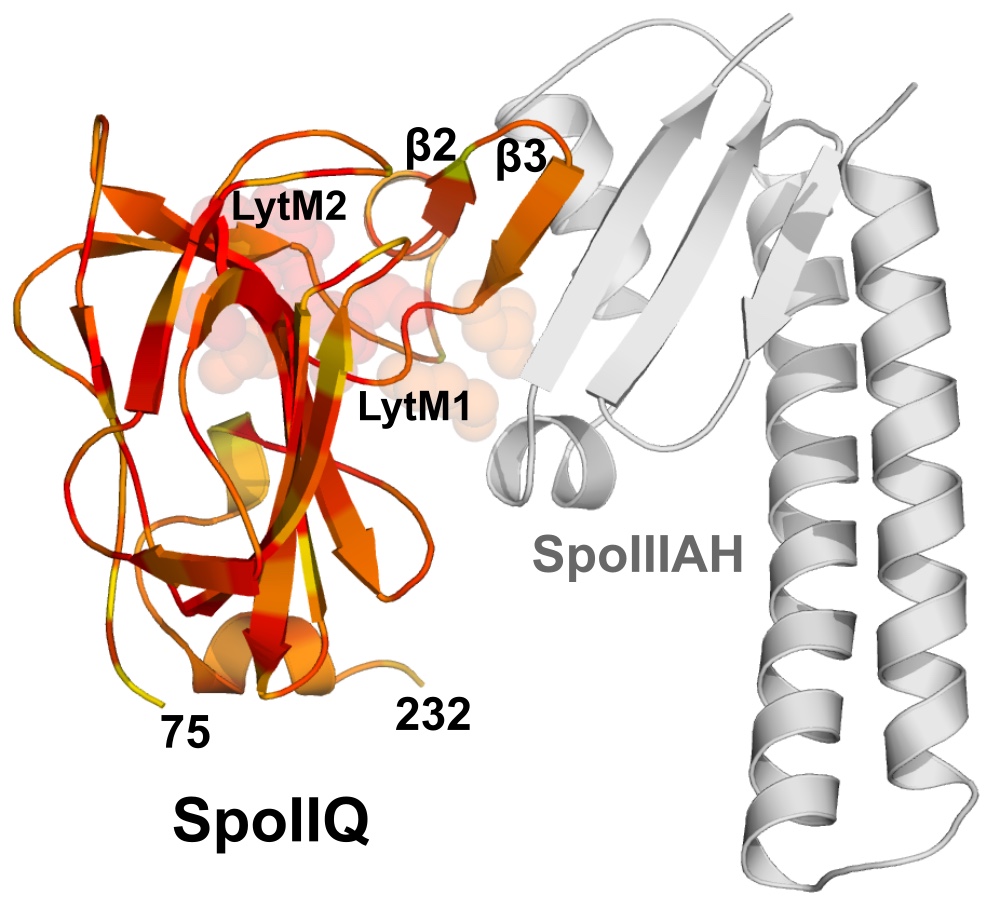
A mother cell-to-forespore channel: current understanding and future challenges
Adam D Crawshaw, Mónica Serrano, Will A Stanley, Adriano O Henriques, Paula S Salgado
FEMS Microbiology Letters, 2014
Abstract
Formation of endospores allows some bacteria to survive extreme nutrient limitation. The resulting dormant cell, the spore, persists in the environment and is highly resistant to physical and chemical stresses. During spore formation, cells divide asymmetrically and the mother cell engulfs the developing spore, encasing it within a double membrane and isolating it from the medium. Communication between mother cell and isolated forespore involves a specialised connection system that allows nurturing of the forespore and continued macromolecular synthesis, required to finalise spore maturation. Here, we review current understanding of this feeding channel formed by a forespore protein, SpoIIQ, and a mother cell protein, SpoIIIAH, in the model organism Bacillus subtilis and the important human pathogen Clostridium difficile. We also analyse the presence of this channel across endospore-forming bacteria and highlight the main questions still remaining.